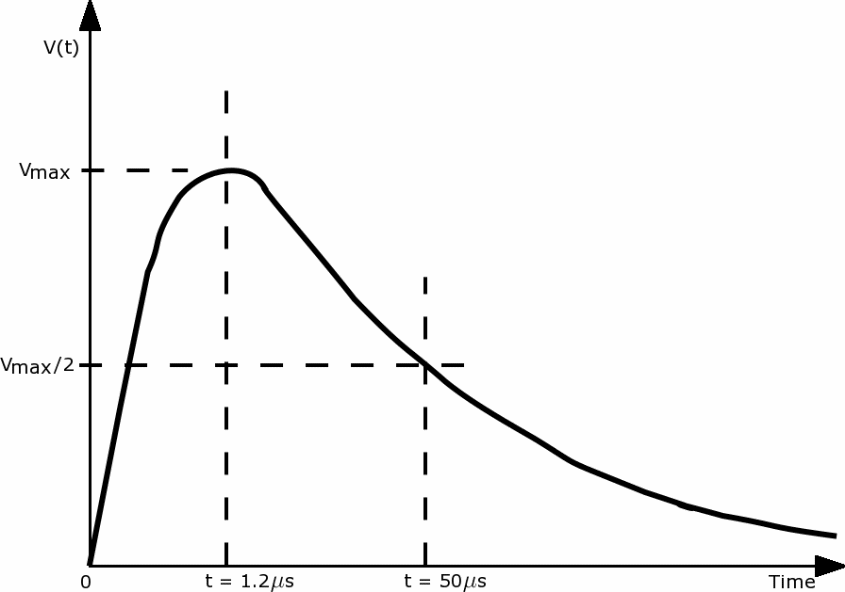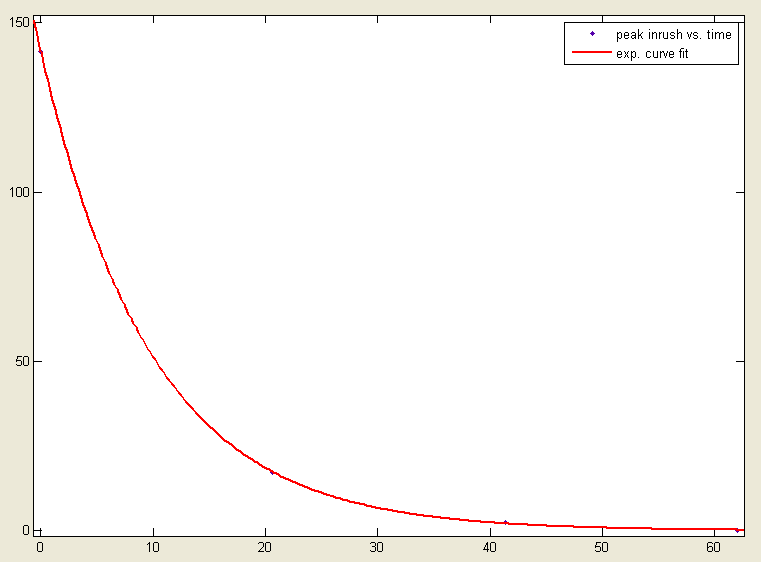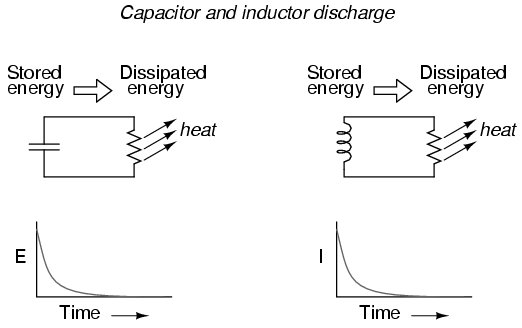Introduction
Most power systems in the electrical field experience overvoltage and therefore require protection from voltage spikes, especially those that involve inductors and capacitors. These transients are usually caused by circuit breakers that have tripped, power outages, inadequate insulation strength in power systems, short circuits, transition of power in large equipment working on the same line, lightning strikes, as well as in unprotected transformers, among others (Jacks, 1975, p. 231). To combat such damages, the following methods are usually employed, designing equipment capable of tolerating such abnormal overvoltage or by use of lightning arresters or power surge.
Transients occur in power systems when over-voltages exceed insulation strength. Severe consequences may be experienced under such conditions. This happens mainly because the inductors capacitors usually respond very slowly to such changes in voltages. Inductors and capacitors tend to absorb and release energy as opposed to resistors, which are instantaneous in their response to the application of voltages (Greenwood, 1991, p. 356).
Objectives
- to explore the observable facts in transient voltage recovery;
- to explore the observable facts in magnetizing inrush current.
Background theory
Overvoltage tends to cause drastic happenings such as total breakdown to power systems. This happens whenever the voltage exceeds that of the insulating material in power systems. There are two ways that are usually employed in protecting powers systems from overvoltage. One of them is by designing a machine that is well adapted to such conditions of overvoltage, while the other method involves the use of protectors such as lightning arresters or power surges (Jacks, 1975, p. 231).
The term overvoltage is a general term used to refer to the different voltages. These include the steady over-voltages and transient overvoltage. The former involves a slight increase in frequency level of voltage while the latter involves changes in amplitudes. The one which causes the most concern to the power system is the power surge voltages which are transient voltages occurring over a short duration. They have very severe implications on power systems as they exceed electrical insulation. Therefore it is a pulse or surge voltage that causes transients in power systems. The decay half-life is as shown in figure 1 below.

Pulse voltages are usually classified as internal or external. As their name suggests, their generation comes from internal and external respectively. It is quite important to note that lightning acts as the primary cause of external impulse (Jacks, 1975, p. 231).
Experimental results and analysis
Experiment Part 1
The experiment was set up as shown in the figure below (insert diagram)
Results
L=1/(4*π2*c*f2)
For the circuit breaker:
For the 2A fuse: Vp = sqrt(Vm2 + i02*L/C)
Note: *This should be higher than the 3A fuse Vp, need to recalculate from CRO printout.
Note: *dt=44 μs, check dt
For the 3A fuse:
For the 5A fuse:
For the 7A fuse:
For the 10A fuse:
Experiment Part 2
The experiment was set up as shown in the figure below (insert diagram)
Results
Choosing to use the waveform with I_max=1.07(A?)
Analysis
Peaks 1 to 4 happens over a 62ms time span. After peak 4, it was in the steady-state.
Using CTFTOOL in Matlab: >> CFTOOL ([0, 62/3, 62*2/3, 62], [149.8-8.162, 25.48-8.162, 10.724-8.162, 0])
In addition, specifying an exponential decay, leads to the following curve fit:

With the following details:
General model Exp1:
- f(x) = a*exp(b*x)
- Coefficients (with 95% confidence bounds):
- a = 141.6 (140.1, 143.2)
- b = -0.1014 (-0.1056, -0.09725)
Goodness of fit:
- SSE: 0.2557
- R-square: 1
- Adjusted R-square: 1
- RMSE: 0.3576
Discussion
The transient recovery voltage is reduced by about half the value, and in this case, the breaker switches the setup circuit, the breaker integrates a switching resistor with values, which reduces the transient recovery voltage. Moreover, the conditions under which the fuse breaks is the same as the conditions where in there is no resistor. For each increase in fuse values, I2t increases, as can be seen from the results. Therefore, the higher the values, the higher the ability of fuse to limit thermal effects observed in high fault currents (Flurscheim, 1982, p. 455).
The measurement technique applied is appropriate as it allows for a faster and accurate way of attaining voltage and current. When both capacitor and inductor are used, energy is dissipated in form of heat on the resistor as shown in figure 6 below. The peak values (Vp) decrease as the fuse values increase as shown in figure 5 above.

Conclusion
Fuses with higher values have low peak voltages (AllAboutCircuits, 2011, p. 1). The higher the fuse values, the higher the ability of fuse and breakers to limit thermal effect from high fault currents linear (Lythall, 1972, p. 112). Overvoltage is a danger to power systems, especially when they are not adapted or protected like in transformer systems.
Reference List
AllAboutCircuits. 2011. Electrical Transients. AllAboutCircuits. Web.
Flurscheim C.H. (ed.), 1982. Power Circuit Breaker Theory and Design. Peregrinus.
Greenwood A., (1991). Electrical Transients in Power Systems, 2nd ed., Wiley.
Jacks, E. 1975. High Rupturing Capacity Fuses: Design and Application for Safety in Electrical Systems. Wiley.
Lythall R.T. (ed.), 1972. The J&P Switchgear Book: an Outline of Modern Switchgear Practice for the Non-specialist Use, 7th ed., Newnes-Butterworths.